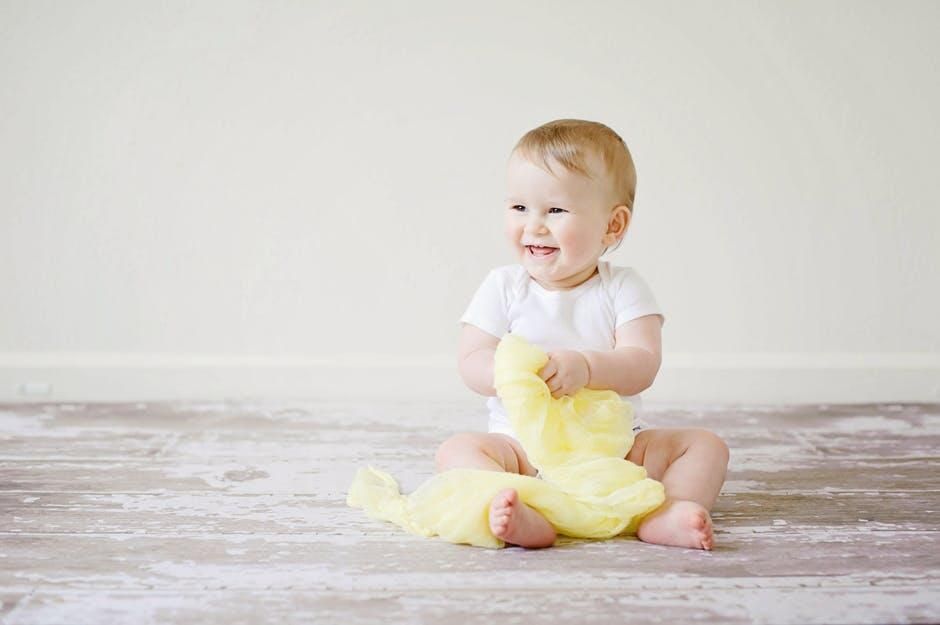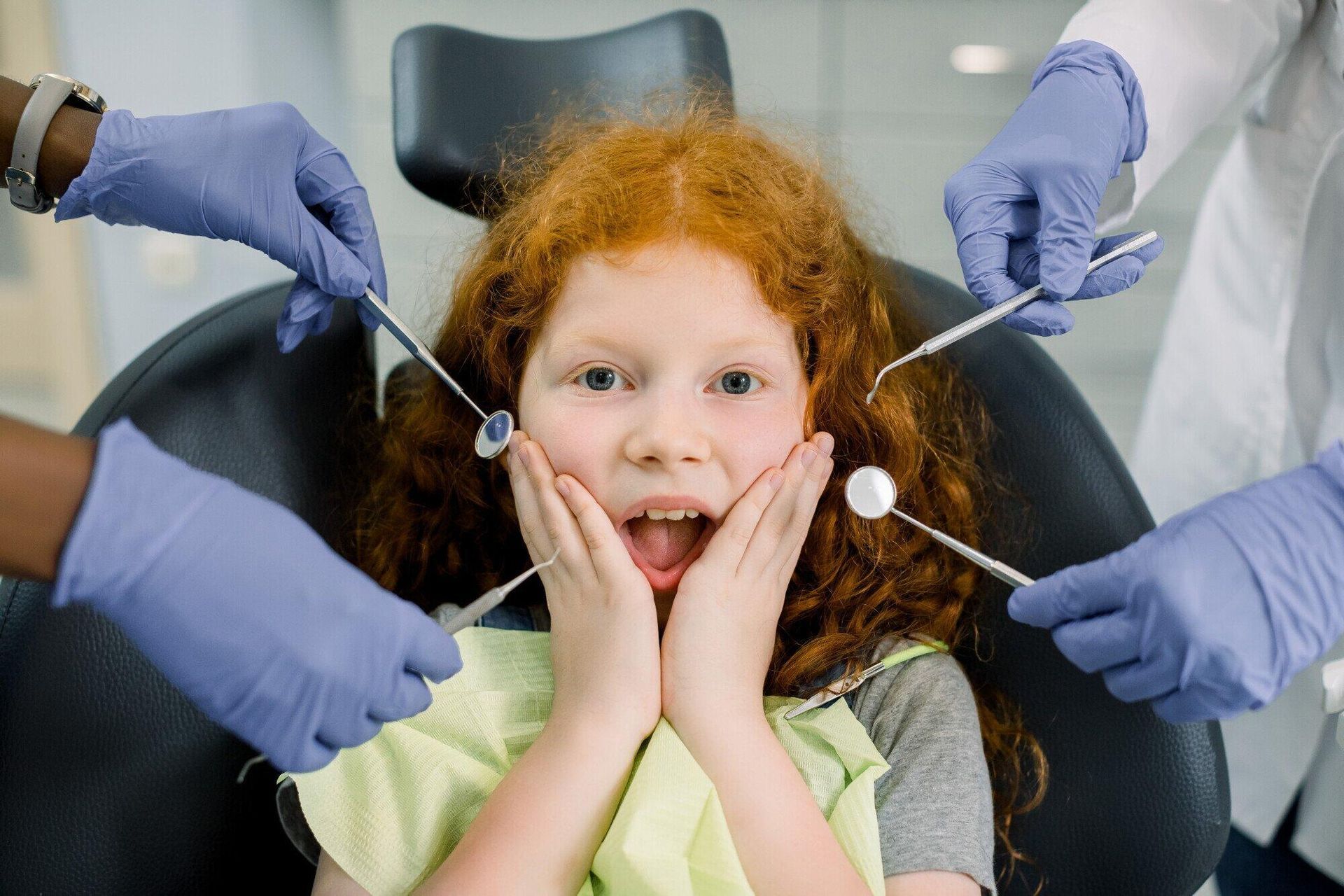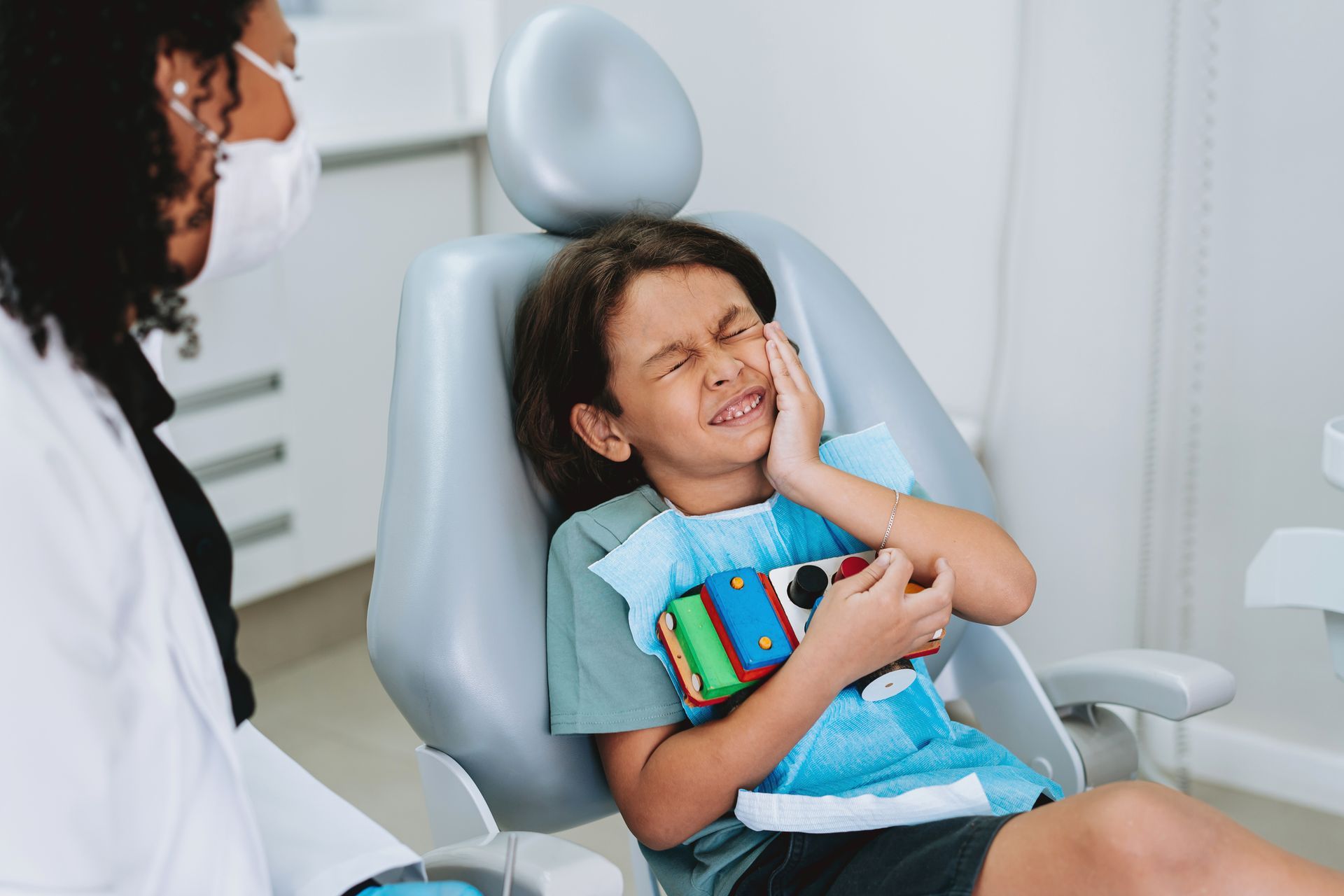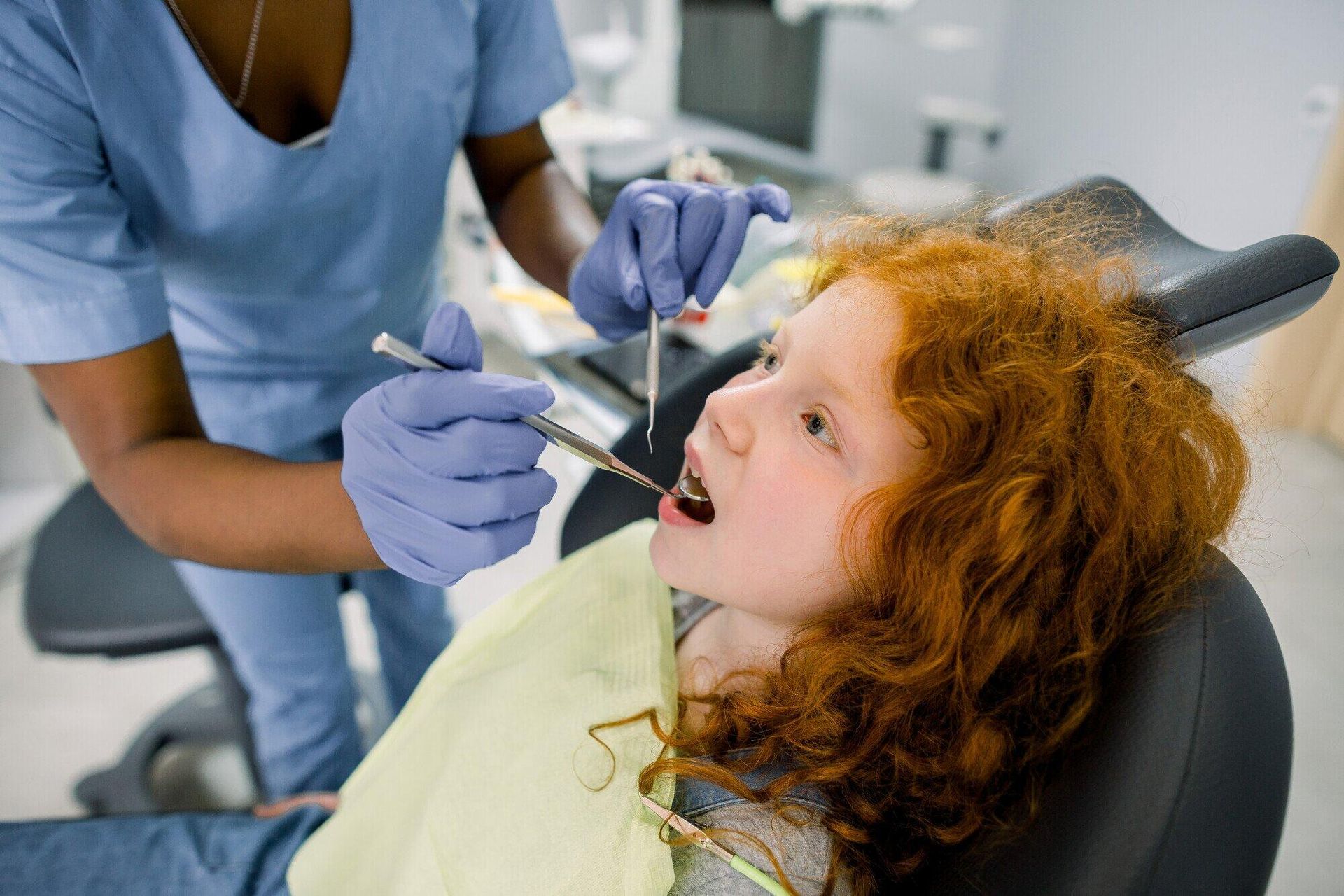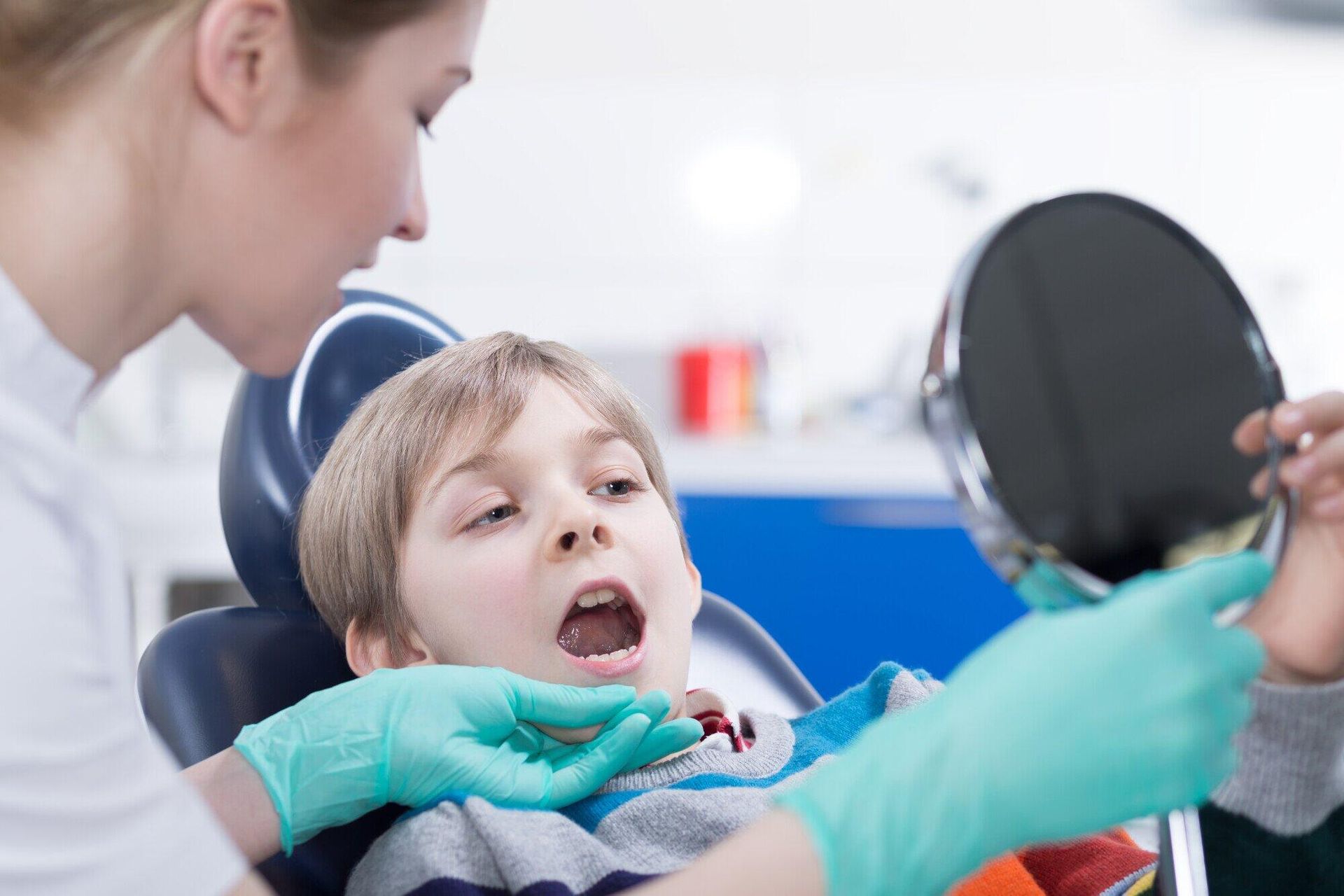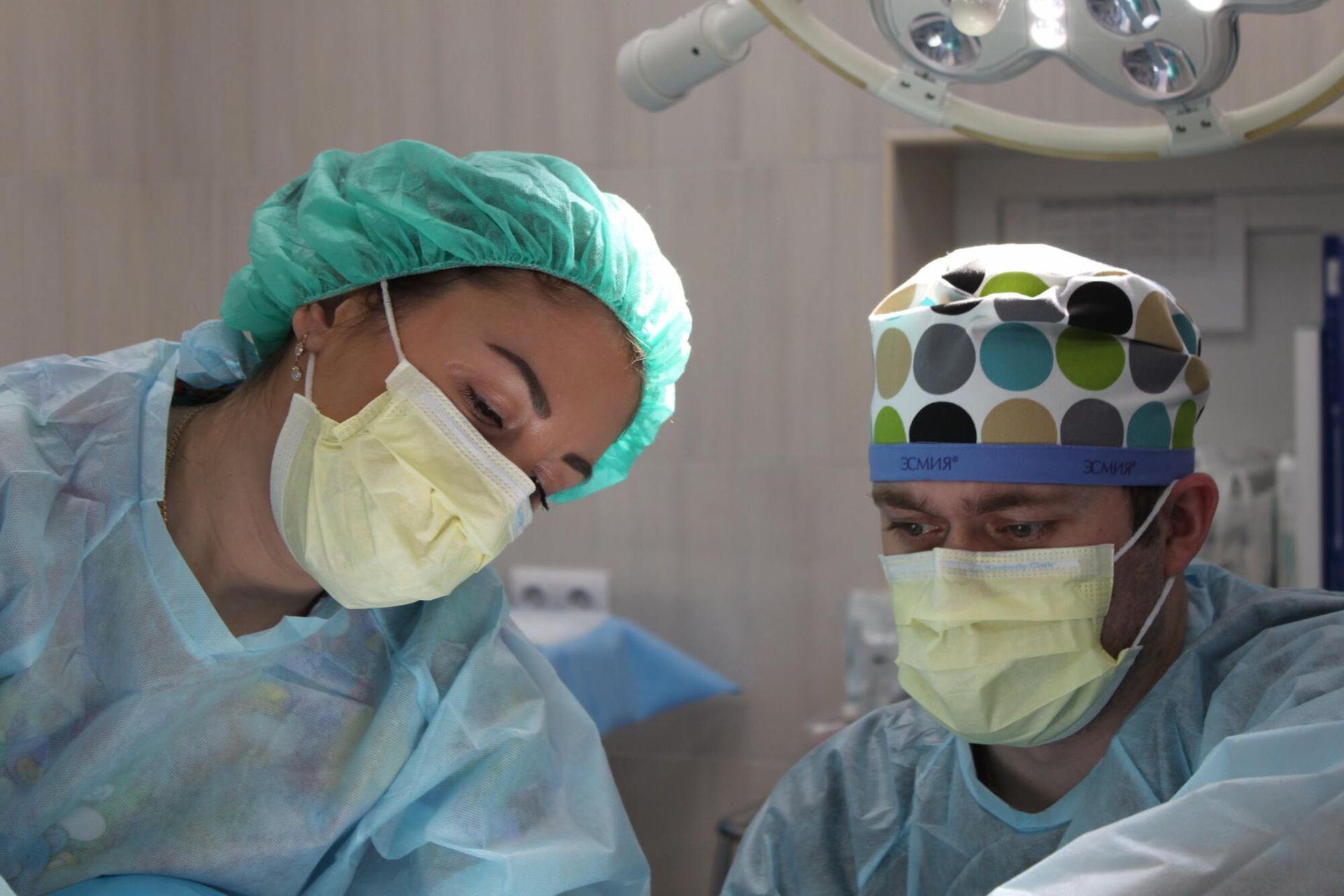Gum Disease in Adults: Early Detection, Deep Cleaning Tips Beyond Brushing, and Treatment Options
Gum disease is one of the most common health conditions on the planet. Affecting almost 20% of the adult population, this bacterial infection can wreak havoc on anyone's smile. Without treatment, the worst-case scenarios are tooth loss and spreading infection!
Fortunately, this disease is also easy to reverse under the right conditions. With early detection, the right cleaning techniques, and the best toothpaste for gum disease, you can get rid of bacteria fast. Here's what you should know about treating gum disease at home and in the dentist's chair.
Early Detection Techniques for Gum Disease
If you're concerned that you have gum disease, it's crucial to know the symptoms. Early signs of gingivitis include the following:
- Swollen gums
- Red or dark purple gums
- Tenderness around the gums, especially when touched
- Bleeding, especially after brushing or flossing
- A toothbrush that turns pink after brushing
- Bad breath that won't go away after brushing
- Sensitive teeth
Later, you might notice worsening symptoms. Receding gums or a visible buildup of tartar may signal that you've moved on to periodontitis, the more advanced stage of the disease.
If you notice any of these signs of gum disease, visit your local dentist right away. Often, routine cleaning can help address the early stages of gum disease.
Best Toothpaste for Gum Disease
If you're still in the gum disease prevention stages or your dentist has advised you to ramp up your oral hygiene, you'll need to focus on deep cleaning. This starts with your routine brushing habits.
Our best overall recommendation for patients with gum disease is switching to a toothpaste that focuses on gum health. If you have a kid with gum disease, your dentist may recommend a gum-friendly adult toothpaste until their treatment ends. If you're struggling to get your young child to accept the new toothpaste, ask your dentist for advice.
Overall, we recommend Crest Pro-Health Advanced Gum Restore, which is great for combating early signs of gingivitis. Because it targets plaque-causing bacteria around the gum line, it's a good way to strengthen your oral health.
For patients with bleeding gums, Paradontax is a good alternative. This toothpaste is clinically proven to target bacteria and help seal spaces between the teeth and gums.
Deep Cleaning Tips Beyond Brushing
In addition to brushing, which you should still do twice a day, here are some cleaning techniques for healthy gums.
Floss Your Teeth
Everyone knows they should floss their teeth, but many of our patients do not! If you've been skipping the floss, make sure to ingrain it as a daily habit for your oral health.
If you avoid flossing because it's a struggle, try other interdental cleaners. Pre-threaded floss picks and floss threaders, for example, might make this task a little easier for anyone who struggles to hold longer floss threads.
In some cases, interdental brushes may be ideal. For children with gum disease who have traditional braces, this option can help keep teeth cleaner.
Use Mouthwash
A good antibacterial mouthwash can help get rid of bacteria before it becomes plaque. Aim for an alcohol-free option to keep from drying out your mouth. Inadequate saliva keeps your body from rinsing bacteria from your teeth.
Try to use mouthwash before brushing to avoid getting rid of the fluoride in your toothpaste. You may also want to use mouthwash after midday meals or snacks.
For small children with gum disease, however, steer clear of mouthwash to avoid accidental swallowing.
Clean Your Tongue
You might be surprised to know that your tongue is an excellent hiding place for bacteria. Cleaning it can get rid of lingering bacteria, preventing it from attacking your gums.
To do this, try a tongue scraper. This simple tool is easy to use: drag it over your tongue to scrape away surface-level bacteria.
Treatment Options for Gum Disease
For further gum disease management, you'll need to see a dentist. While it's possible to buy professional oral care kits online, you should never try scraping your teeth or gums to remove the plaque that causes your gum disease!
In addition to removing plaque during your routine cleaning, there are several treatment options your Friendswood dentist may offer.
Antibiotics
Your dentist may recommend topical or oral antibiotics. These medicines help get rid of bacterial infections. You may take the antibiotics at home, or your dentist may inject them into your gums during a procedure.
Tooth Scaling and Root Planing
If your gum disease has progressed to periodontitis, scaling and planing may be necessary. These treatments are essentially professional deep cleaning. Their goal is to remove heavy tartar deposits that your dentist can't get rid of during your routine cleaning.
During tooth scaling, your dentist will chip tartar off of your teeth. They will often use a special vibrating tool or a manual scale.
During root planing, your dentist will do the same things beneath your gum line. To get access, they will pull your gums away from your teeth.
Laser Periodontal Therapy
Your dentist may recommend laser therapy after scaling and planing. With this option, they will use a laser to remove small amounts of tartar or smooth any rough spots on your teeth. Because they can use the laser above and below the gum line, it's a great way to get rid of bacteria or damaged tissue.
Traditional Periodontal Surgery
In some cases, surgery may be the only way to restore your healthy teeth. This is more likely if you've experienced severe damage to your teeth roots or gums. There are many options your dentist may recommend, though flap surgery and bone grafting are among the most common.
Improve Your Gum Health Today
With the best toothpaste for gum disease, the right cleaning tools, and professional treatment, you stand a much better chance of overcoming this frustrating condition.
At Dentistry 4 Children, our expert team is here to help patients find the right products and techniques to maintain their oral health. If you're struggling with gum disease, we'd love to answer your questions! Request an appointment to get the advice and compassionate care you need.

